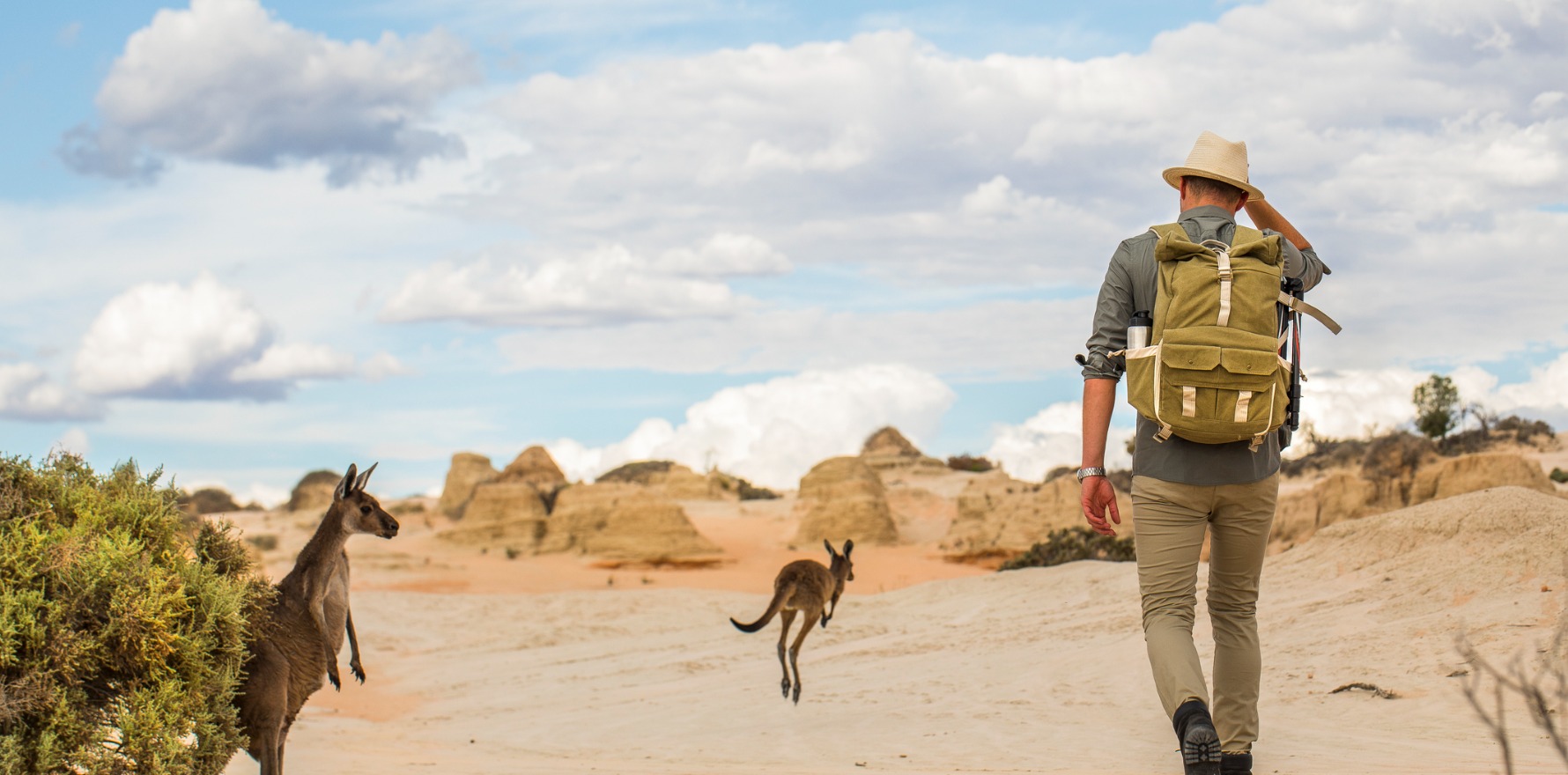As of June 2025, fewer than one in six bonded medical scheme participants had completed their return of service obligation.
The notoriously unsuccessful rural bonded medical program is facing another round of calls for reform, with updated figures revealing that just 13% of the program’s 17,000 participants have completed their return of service obligation over 24 years.
Over that same time frame, around 6% of participants withdrew from the scheme.
That leaves around 81% of participants in the wind.
Since 2001, the commonwealth has run some form of the bonded medical program (BMP) scheme, where prospective doctors are offered a place in a medical school contingent on them committing to work in a rural location for a set period of time after graduation.
Doctors who entered medical school on a BMP place end medical school with the same amount of government debt as doctors who entered medical school on a regular Commonwealth Supported Place (CSP); but only those on a BMP place are obligated to work rurally.
Students are often still in their teens when they accept a place on the BMP.
“The BMP is intended to increase the number of doctors in rural and remote environments, and we query how effective that has been based on previous audits and previous data,” Australian Medical Students Association national advocacy officer Mr Sparsh Tiwari told The Medical Republic.
“We know that the BMP can interfere with or affect how junior doctors and doctors … go about their life at 28, 29 or 30.
“You might be looking at kids and so forth, and we know that it can cause serious disruptions … [so] we want to push for an evaluation as to the efficacy of the BMP.”
There have been several iterations of the BMP, with different deadlines for when return of service must be completed and how long the return of service period must be.
Under the current system, which was rolled out in 2022, participants have 18 years to complete their return of service and can start prior to fellowship. They also have the option to complete their obligations in a non-continuous manner, or on a fly-in-fly-out basis.
For participants who signed on from March 2022 onward, the return of service commitment is three years.
“We want to solve the rural workforce shortage, but we’ve got things like the John Flynn Prevocational [Doctor] Program that was defunded,” Mr Tiwari said.
“We have studies that show students who come from a rural or remote background are up to four times more likely to … return back to rural environments as a practising physician.
“Are those the sort of schemes and efforts that we should be investing in, rather than a commitment by a 17-, 18- or 19-year-old to stay in a rural or remote environment for three years?”
Related
Rural Doctors’ Association of Australia CEO Peta Rutherford told TMR that the organisation backed AMSA.
“What we don’t want to see is the money [from the BMP] lost into, say, university places in the city,” Ms Rutherford said.
It may be the case, she said, that the money currently used to fund the BMP could be better used to support rural-origin students to attend regional medical schools and undertake rural pre-vocational training.
“You get that pipeline going, and you could even bring in people from the city,” Ms Rutherford said.
“But it’s also about creating those connections with communities.
“I think there are alternatives to reinvest the money in different ways and deliver on the intent.”
The BMP is separate to the HELP for rural doctors and nurse practitioners scheme, where doctors can reduce the value of their HECS debt by completing a required amount of eligible work in rural, remote or very remote parts of Australia.





